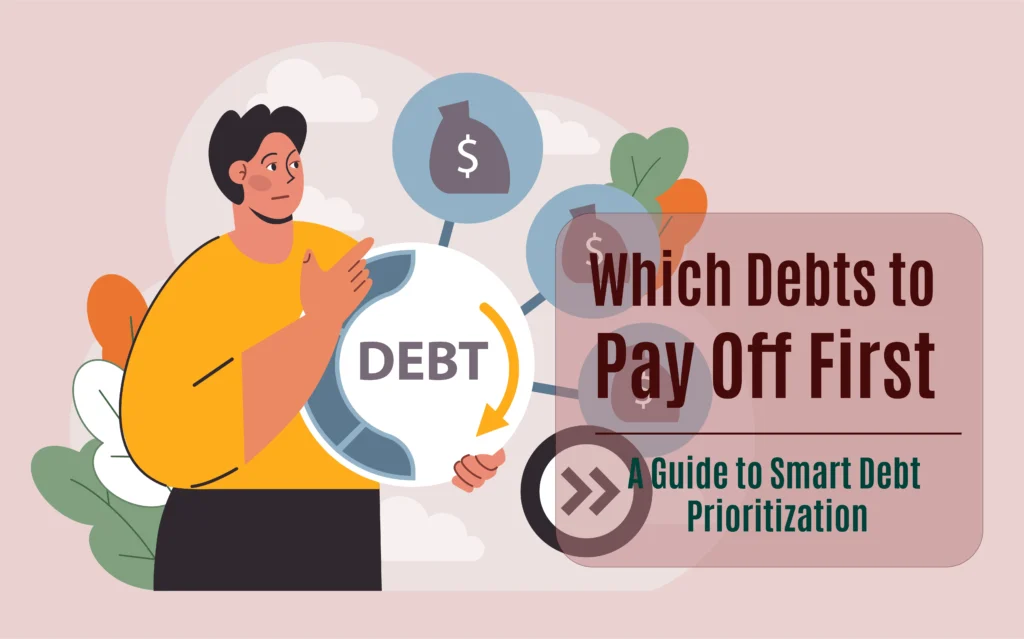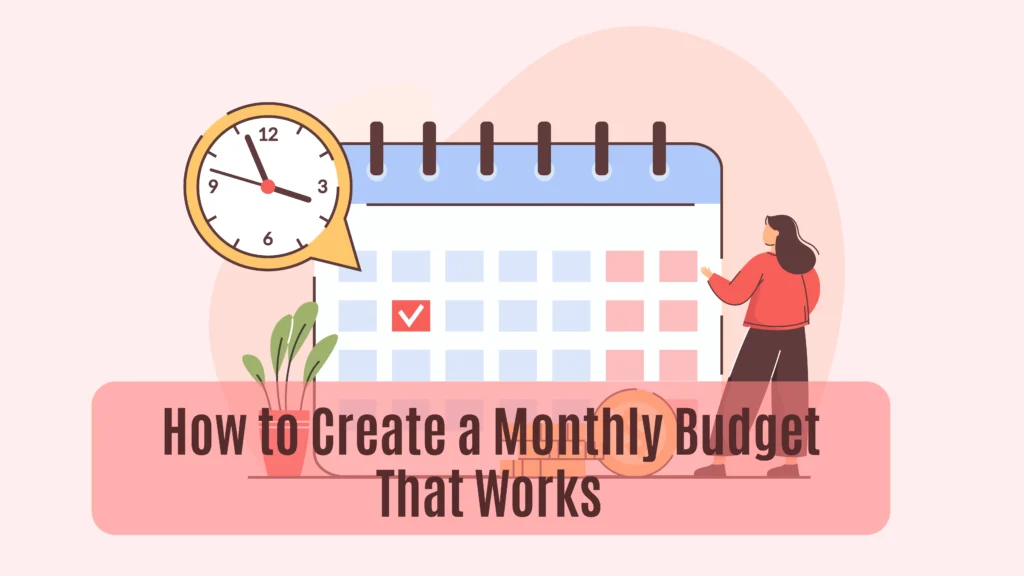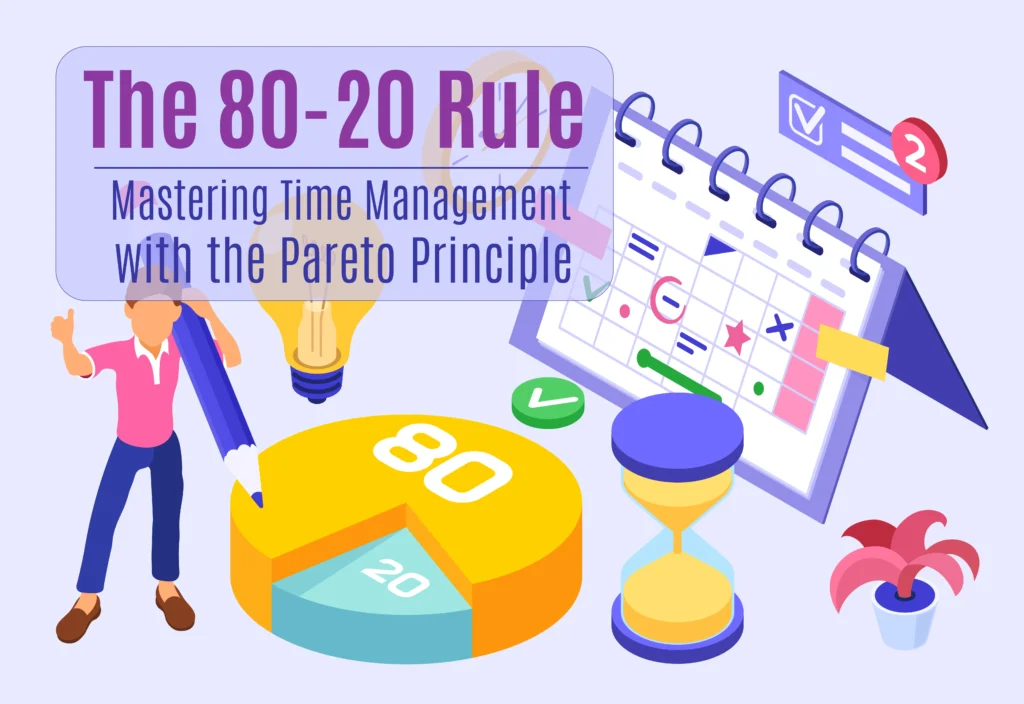How to Stop Using Credit Cards While Managing Debt
Relying on credit cards while trying to manage debt often feels like taking one step forward and two steps back. The convenience of credit can lead to a cycle of borrowing that only adds to your financial burden over time. Breaking free from this habit and learning how to stop using credit cards while managing debt is a powerful step toward financial independence. With the right strategies, you can meet your expenses and make progress on debt payments without turning to credit cards as a fallback.
In this guide, we’ll dive into practical ways to transition away from credit reliance. From creating a cash-based budget to building an emergency fund, these steps are designed to help you navigate day-to-day expenses and unforeseen costs without swiping a card. By reducing or eliminating credit card use, you’ll make room to focus on debt reduction and experience the benefits of a healthier financial lifestyle—one that doesn’t depend on credit to stay afloat.

Understanding the Impact of Credit Card Debt
Before you can effectively stop using credit cards, it’s important to fully understand the impact that credit card debt has on your finances. Carrying credit card debt often comes with long-term financial and emotional consequences.
The Cycle of Credit Card Dependency
Credit card usage can quickly spiral into dependency. Initially, it may seem like an easy way to cover expenses when you’re short on cash or want to delay payment. The problem arises when balances start to accumulate, and you’re only able to make minimum payments. High-interest rates make it difficult to pay off the principal balance, trapping you in a cycle of debt.
This cycle becomes even more difficult to break when credit card companies offer rewards programs, encouraging more spending in exchange for points or cashback. While rewards can be tempting, they often mask the high cost of carrying a balance, and lead many into deeper debt.
The True Cost of Carrying a Balance
When you carry a balance on your credit cards, you’re not just paying for the original purchases—you’re also paying for interest, which can add up quickly. Credit cards typically have interest rates between 15% and 25%, and even higher for some consumers. Over time, this can lead to significant financial loss.
For example, carrying a $3,000 balance on a card with a 20% interest rate could cost you hundreds of dollars in interest over the course of a year. The more you rely on credit, the harder it becomes to manage and reduce debt.
Emotional and Psychological Effects
Beyond the financial impact, credit card debt can also take a toll on your mental and emotional health. The stress of carrying debt, juggling multiple payments, and feeling like you’re not making progress can lead to anxiety, frustration, and a sense of hopelessness. Breaking free from credit card dependency can alleviate this emotional burden and improve your overall well-being.
Creating a Plan to Stop Using Credit Cards
The key to stopping credit card use while managing debt is having a clear and actionable plan. This section will guide you through the steps you need to take to regain control of your spending and break the habit of using credit cards.
Analyze Your Spending Habits
Before you can stop using credit cards, it’s important to understand why you’re using them in the first place. Review your spending habits over the past few months and identify patterns. Are you using credit cards for emergencies? Are you relying on them for everyday purchases like groceries or gas? Or are they being used for impulse buys or luxury items?
By identifying these triggers, you can start to create alternative solutions. For example, if you’re using credit cards to cover emergencies, you may need to build an emergency fund. If you’re using them for everyday expenses, it might be time to rework your budget.
Build a Budget That Works Without Credit
A strong budget is essential if you want to stop using credit cards. The goal is to live within your means and allocate your income in a way that allows you to pay for all of your expenses with cash or a debit card.
Start by listing all of your necessary expenses, such as rent, utilities, groceries, and transportation. Then, add any minimum debt payments. Once you have a clear picture of your fixed costs, allocate any remaining income toward savings or discretionary spending. The key is to ensure that you’re not overspending in any category, so you don’t feel tempted to rely on credit cards.
Separate Needs from Wants
To make your budget work, you’ll need to differentiate between needs and wants. Needs are the essentials—housing, food, transportation, utilities. Wants are non-essential expenses, like dining out, entertainment, or luxury purchases. By prioritizing your needs, you can reduce the amount of money you spend on non-essentials, which is often where people turn to credit cards.
Being strict with yourself in the short term will help you build better financial habits and make it easier to avoid using credit cards.
Track All Expenses
Tracking your expenses is crucial to holding yourself accountable. Whether you use a budgeting app like Mint, You Need a Budget (YNAB), or simply a spreadsheet, make sure you’re recording every dollar you spend. This transparency will help you identify areas where you’re overspending and make adjustments before you’re tempted to use a credit card.
Building a Cash-First Mindset
Breaking the habit of using credit cards requires a shift in mindset. You need to start thinking of cash—or money already in your bank account—as the only tool for making purchases. This helps you live within your means and avoid debt accumulation.
Switch to Using Debit Cards
Switching from credit cards to debit cards is one of the easiest ways to start managing your money more responsibly. With a debit card, you’re spending money that you already have, so there’s no risk of accumulating debt. You’ll also feel the immediate impact on your bank balance, which can help you be more mindful about your spending.
Unlike credit cards, debit cards don’t come with high-interest charges, and there’s no temptation to overspend in pursuit of rewards points.
Use Cash for Daily Expenses
For some people, using cash is an even better way to control spending. With cash, there’s a tangible limit to how much you can spend, and once it’s gone, it’s gone. One popular strategy is the envelope system. With this system, you allocate a set amount of cash for each spending category—groceries, transportation, entertainment, etc.—and put that cash in separate envelopes. When the envelope is empty, you can’t spend any more in that category for the month.
Using cash for daily expenses helps reinforce financial discipline and keeps you from turning to credit cards to cover shortfalls.
Set Aside an Emergency Fund
One of the main reasons people use credit cards is to cover unexpected expenses, like car repairs or medical bills. To avoid this, build a small emergency fund. Start with a goal of saving $500 to $1,000, which is enough to cover most small emergencies.
Having an emergency fund gives you peace of mind, knowing that you don’t need to rely on credit cards when life throws you a curveball.
Delay Non-Essential Purchases
Another effective strategy is to practice the 24-hour rule. This means waiting at least 24 hours before making any non-essential purchases. Delaying your purchases can help you avoid impulse buying and gives you time to decide if the purchase is truly necessary. More often than not, you’ll find that the urge to buy something fades after you’ve had time to think it over.
Paying Off Credit Card Debt Without Adding More
Stopping the use of credit cards is only half the battle. The next step is to start paying off your existing credit card debt, while making sure you don’t add to it. Here are some strategies to help you do that.
Focus on High-Interest Debt First
If you have multiple credit card balances, prioritize paying off the highest-interest debt first. High-interest debt is the most expensive, and paying it off quickly will save you the most money in the long run. This approach is known as the Debt Avalanche method, which helps you reduce the overall cost of debt.
By focusing on high-interest debt, you’ll reduce how much of your payment goes toward interest and accelerate the time it takes to pay off the principal.
Make More Than Minimum Payments
When you only make the minimum payment on a credit card, the majority of that payment goes toward interest, with very little applied to the principal balance. If possible, always pay more than the minimum amount. Even an extra $50 or $100 per month can significantly shorten your repayment timeline and reduce the amount of interest you pay.
If you receive a tax refund, bonus, or any extra income, consider using it to make an extra payment on your highest-interest credit card.
Consolidate Debt to Lower Interest Rates
Debt consolidation is an option if you’re struggling to manage multiple credit card payments or high-interest rates. By consolidating your debts into a single loan with a lower interest rate, you can reduce your monthly payments and simplify your repayment process.
Alternatively, you can explore balance transfer cards with 0% introductory APR offers, but only if you’re committed to paying off the balance before the promotional period ends. Be cautious with balance transfers, as they can backfire if you’re not able to pay off the debt in time.
Snowball vs. Avalanche Methods
There are two main debt repayment strategies: the Debt Snowball and the Debt Avalanche methods. The Debt Snowball method involves paying off your smallest debts first, giving you quick wins that build momentum. The Debt Avalanche method focuses on paying off the highest-interest debts first, saving you more money in the long run.
Choose the method that best fits your personality and financial situation, but be sure to stay consistent in your payments.
≫ Related Post: Managing Debt: The Snowball vs. Avalanche Method
Automate Payments to Avoid Missed Deadlines
Setting up automatic payments ensures that you never miss a payment and avoid late fees or penalties. Automating at least the minimum payment on each credit card can help you stay on track, even when life gets busy. Late fees can add unnecessary costs and hurt your credit score, so it’s important to make your payments on time every month.
Staying Motivated to Stop Using Credit Cards
Breaking the credit card habit takes time and discipline. It’s easy to fall back into old habits, but staying motivated is key to achieving long-term financial freedom.
Celebrate Small Wins
When you’re paying off debt and avoiding credit card use, it’s important to celebrate your progress. Set small milestones, such as paying off a single card or going a full month without using a credit card. Reward yourself in small, budget-friendly ways to reinforce your success.
Track Your Progress
Keeping track of your progress is a powerful motivator. Use budgeting and debt-tracking apps like Undebt.it or YNAB to see how far you’ve come. You can also use visual tools like debt payoff charts to track the reduction in your balances. Watching your debt shrink over time can give you the encouragement you need to keep going.
Avoid Temptation by Leaving Cards at Home
One of the easiest ways to stop using credit cards is to simply leave them at home. When you don’t have your credit cards with you, you eliminate the temptation to use them for impulse purchases. Some people go as far as freezing their credit cards in a block of ice—forcing themselves to wait if they really want to use the card.
By creating distance between yourself and your credit cards, you’ll start to rely more on cash or debit cards.
Rethink Rewards Programs
Credit card companies often lure consumers with rewards programs, offering cashback, points, or travel miles in exchange for spending. While these rewards can seem appealing, they often encourage overspending. If you’re carrying a balance, the interest you’re paying will likely outweigh the value of the rewards you’re earning. It’s better to focus on getting rid of your debt than chasing rewards.
Handling Setbacks and Getting Back on Track
It’s normal to experience setbacks when trying to stop using credit cards, but it’s important not to let one mistake derail your progress.
Forgive Yourself and Refocus
If you slip up and use a credit card, don’t be too hard on yourself. Acknowledge the mistake, but refocus on your goals. The key is to get back on track as soon as possible and continue working toward being credit card-free. Progress is rarely linear, and setbacks are a part of the journey.
Create a Financial Safety Net
One of the best ways to avoid future setbacks is to build a financial safety net, like an emergency fund. This safety net can prevent you from relying on credit cards during unexpected expenses. Start small, aiming to save at least $500 to $1,000, and gradually increase your savings as you pay off your debt.
Adjust Your Plan if Needed
Your financial situation may change over time, and it’s important to adjust your debt repayment plan accordingly. Whether you receive a raise, lose income, or face an unexpected expense, be flexible and reassess your plan when necessary. The goal is to keep making progress, even if you need to make small adjustments along the way.
Seeking Professional Help If Necessary
If you’re struggling to stop using credit cards or feel overwhelmed by your debt, seeking professional help can be a valuable step.
Work with a Credit Counselor
A credit counselor can help you create a debt repayment plan, negotiate with creditors, and provide budgeting advice. Many nonprofit credit counseling agencies offer free or low-cost services, making them a great resource for anyone looking to manage their debt more effectively.
Consider a Debt Management Plan
If you’re unable to make progress on your own, a Debt Management Plan (DMP) might be a good option. A DMP consolidates your credit card payments into one monthly payment, often with reduced interest rates. This can make managing debt more manageable and structured, helping you stay on track without using more credit.
Explore Financial Coaching for Accountability
If you need more personalized guidance, consider hiring a financial coach. A financial coach can provide accountability, help you stay on budget, and offer strategies for breaking free from credit card dependence.
Conclusion: Breaking Free from Credit Card Dependency
Stopping the use of credit cards while managing debt is one of the most important steps you can take to regain control of your finances. By creating a clear plan, focusing on a cash-first mindset, and staying disciplined, you can break the cycle of credit card dependency and make significant progress toward becoming debt-free.
Remember, financial freedom is a journey, and progress takes time. Stay motivated, celebrate your wins, and be patient with yourself as you work toward a healthier financial future.












